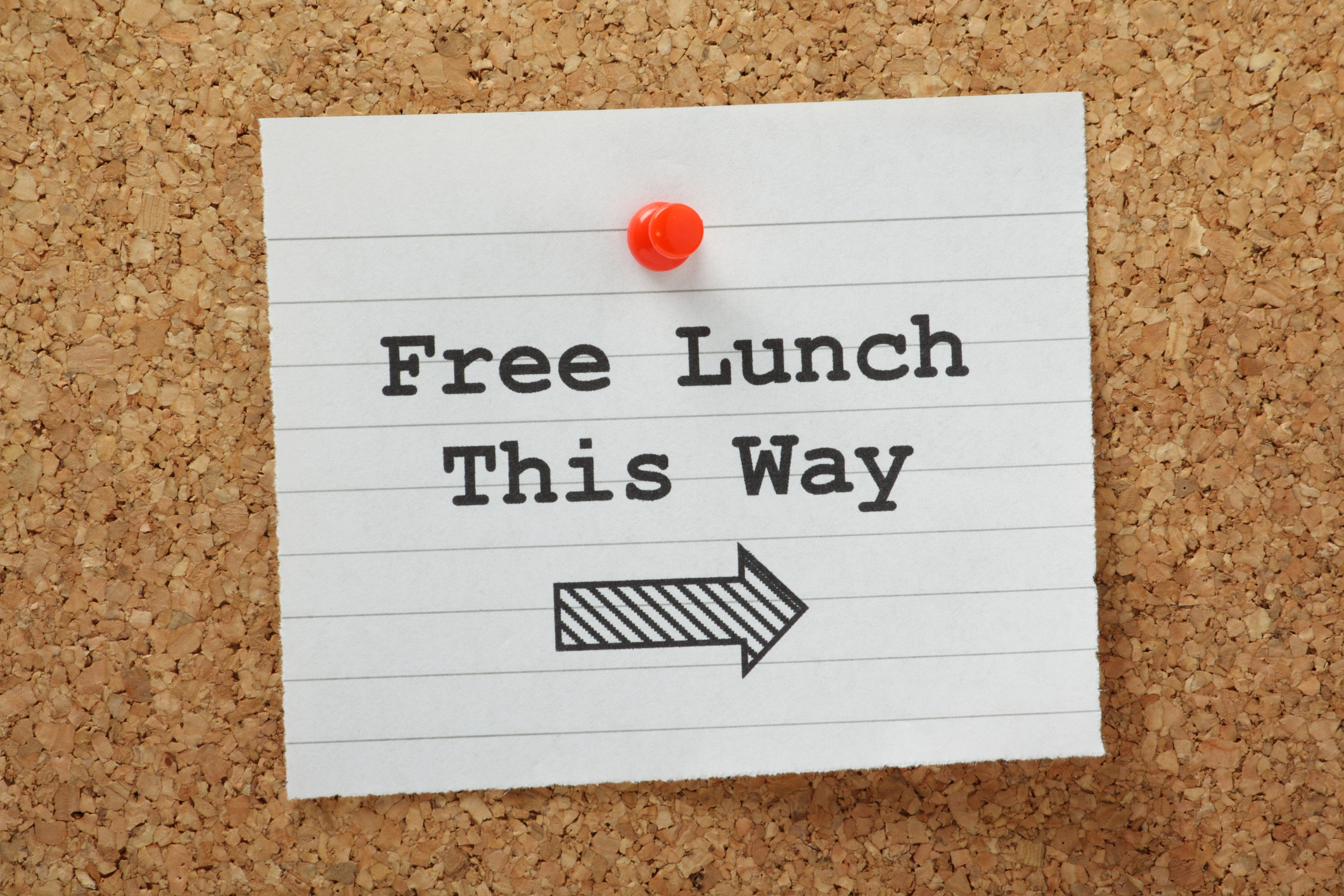These New TIPS ETFs Make It Easier To Build A Bond Ladder
These target-maturity funds are a new tool for investors who are concerned about inflation.

Blackrock recently launched a suite of exchange-traded funds that make it easy to invest in Treasury inflation-protected securities (government bonds that move in step with inflation and pay a fixed coupon rate on top) of different maturities. All of the 10 new iShares iBonds ETFs — so-called target-maturity funds — come due in different years and sport target dates that range between 2024 and 2033.
Target-maturity ETFs aren’t new; Blackrock and Invesco started offering them nearly a decade ago. But the earlier versions focus on corporate, municipal or Treasury bonds, which don’t adjust with inflation.
By eliminating the hassles of buying individual bonds, these ETFs make it easy to build a bond ladder, which involves spreading your investments among bonds with staggered maturities — the ladder “rungs.” The goal is to provide steady income or minimize interest rate risk (bond prices and interest rates move in opposite directions). As bonds mature, you reinvest the proceeds in a rung further up the maturity line, spend the cash or invest it elsewhere.

Sign up for Kiplinger’s Free E-Newsletters
Profit and prosper with the best of expert advice on investing, taxes, retirement, personal finance and more - straight to your e-mail.
Profit and prosper with the best of expert advice - straight to your e-mail.
TIPS may be timely given current inflation rates. Kiplinger expects inflation to average 2.4% by late 2024 (which is a smidge below its 30-year average). Inflation-protected securities work differently than traditional Treasuries.
The principal, or face value, of TIPS, which are issued with five-, 10- and 30-year maturities, rises or falls monthly in step with the consumer price index. On top of that, TIPS pay a fixed rate of interest, or coupon rate, every six months. As of October 31, a 10-year TIPS had a yield of 2.5%. By contrast, the standard 10-year Treasury yielded 4.9%.
Target-maturity funds need some explaining, too. The iShares iBonds Oct 2024 Term TIPS ETF (symbol IBIA), for example, holds TIPS that come due between January 2024 and mid October 2024. Interest payouts are made quarterly. As the portfolio’s bonds mature, the proceeds are reinvested into October-dated bonds or held in a money market fund within the ETF. On October 15, 2024, the ETF will officially close and return all of the capital to shareholders.
It’s best to buy and hold these funds to maturity. Each of the 10 funds charge a 0.10% expense ratio, and all sport a yield of at least 6% or better. But those yields include both interest income and inflation adjustments to the principal.
Blackrock likes to say these investments “mature like a bond and trade like a stock.” You can buy shares in the ETFs for as little as the price of one share or less if your broker offers fractional-share purchases. That’s less than the $1,000 minimum to buy Treasuries on most broker platforms, as well as the $100 minimum outlay required to buy the securities directly from TreasuryDirect.gov.
And you can reinvest your interest income and buy more shares in the ETF. “I’m a fan of TIPS ladders. And if you like TIPS ladders, you’ll like these funds,” says Morningstar’s John Rekenthaler.
Whether you hold TIPS directly or invest through an ETF, the tax implications are the same: Interest payments are exempt from state and local taxes, but you’ll owe federal income tax on interest income and inflation adjustments to the principal — due in the tax year they occur, even if you don’t sell the bond — if you hold these assets in a taxable account.
Note: This item first appeared in Kiplinger's Personal Finance Magazine, a monthly, trustworthy source of advice and guidance. Subscribe to help you make more money and keep more of the money you make here.
Related Content
Get Kiplinger Today newsletter — free
Profit and prosper with the best of Kiplinger's advice on investing, taxes, retirement, personal finance and much more. Delivered daily. Enter your email in the box and click Sign Me Up.

Kim Clark is a veteran financial journalist who has worked at Fortune, U.S News & World Report and Money magazines. She was part of a team that won a Gerald Loeb award for coverage of elder finances, and she won the Education Writers Association's top magazine investigative prize for exposing insurance agents who used false claims about college financial aid to sell policies. As a Kiplinger Fellow at Ohio State University, she studied delivery of digital news and information. Most recently, she worked as a deputy director of the Education Writers Association, leading the training of higher education journalists around the country. She is also a prize-winning gardener, and in her spare time, picks up litter.
-
 What 401(k) Savers Near Retirement Can Do Amid Market Volatility
What 401(k) Savers Near Retirement Can Do Amid Market VolatilityWhether retirement is years away, a year or two out, or in the rearview mirror, here's how to handle uncertainty in your 401(k).
By Donna Fuscaldo Published
-
 The New Space Age Takes Off
The New Space Age Takes OffThe Kiplinger Letter From fast broadband to SOS texting, space has never been more embedded in peoples’ lives. The future is even more exciting for rockets, satellites and emerging space tech.
By John Miley Published
-
 Can a New Manager Cure Vanguard Health Care Fund?
Can a New Manager Cure Vanguard Health Care Fund?Vanguard Health Care Fund has assets of $40.5 billion but has been ailing in recent years. With a new manager in charge, what's the prognosis?
By Nellie S. Huang Published
-
 What Is a Medallion Stamp? The Requirement for Transferring Securities
What Is a Medallion Stamp? The Requirement for Transferring SecuritiesTransferring securities from one account to another often requires this extra step.
By Emma Patch Published
-
 How Dividend Reinvestments Work for Retirement
How Dividend Reinvestments Work for RetirementWant your retirement investments to keep growing? Here's what you should know about dividend reinvestment.
By Robert H. Yunich Published
-
 20 Ways to Clean Up Your Finances This Spring
20 Ways to Clean Up Your Finances This SpringSpring cleaning is therapeutic and stops costly problems from building up around the home. Why not tackle the dusty corners of your finances at the same time?
By Lisa Gerstner Published
-
 The Free-Lunch Strategy to Reduce Risk From Tech Stocks
The Free-Lunch Strategy to Reduce Risk From Tech StocksA recent rout in tech stocks has some investors thinking more defensively. This "free-lunch portfolio" strategy can help.
By Anne Kates Smith Published
-
 How to Survive Market Mayhem
How to Survive Market Mayhem2025 is turning out to be a turbulent year for the market, but don't panic. Here are four ways investors can ride out the storm.
By Jeffrey R. Kosnett Published
-
 4 Turnaround Stocks to Consider – and 2 More to Keep an Eye On
4 Turnaround Stocks to Consider – and 2 More to Keep an Eye OnA turnaround stock is a struggling company with a strong makeover plan that can pay off for intrepid investors.
By Nellie S. Huang Published
-
 Has This Unconventional Growth Fund Lost Its Mojo?
Has This Unconventional Growth Fund Lost Its Mojo?The Primecap Odyssey Growth Fund has lagged the broader S&P 500, but it still boasts a solid return and provides investors with diversification.
By Nellie S. Huang Published